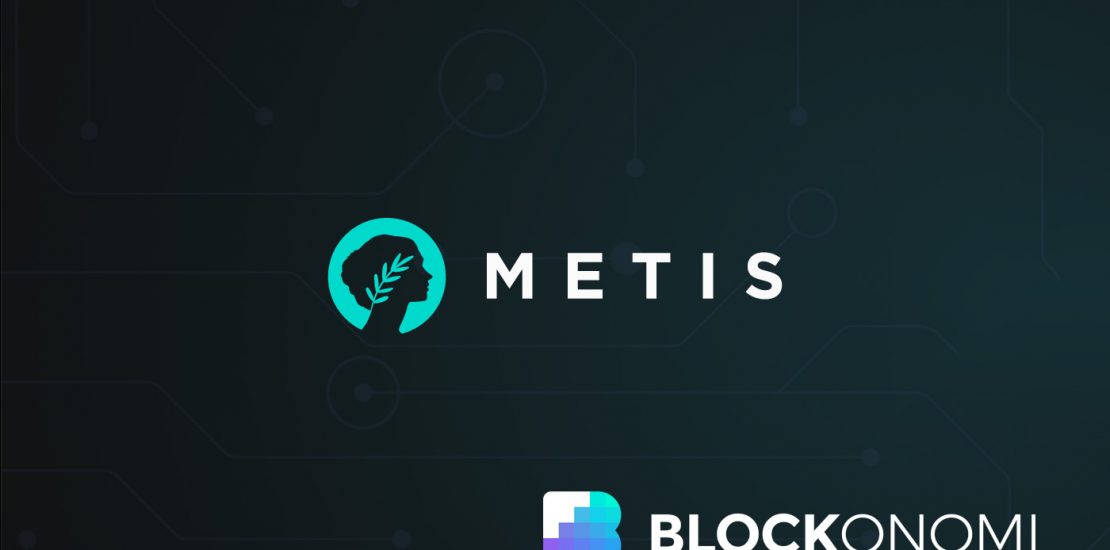- April 6, 2021
- Posted by: admin
- Category: BitCoin, Blockchain, Cryptocurrency, Investments


MetisDAO, a company that is working to create solutions in the Ethereum space, has announced the details of its Rollup architecture, as well as the upcoming launch of its testnet. While Ethereum and DeFi have become very popular, there are a number of issues with the world’s second most popular blockchain as measured by market capitalization.
When Ethereum launched, it was seen as a new platform that could support decentralization at many levels. While this may have been the case in its early days, today, Ethereum is too expensive and too slow for many applications.
The answer that many have proposed is L2 solutions using Rollups, which is one of the things that Metis is working on. By moving much of the data handling to an L2 platform, the main Ethereum blockchain is able to move faster. In addition, this architecture also cuts costs, as the L2 platform can be much cheaper to operate.
Metis is Working on the Future of Ethereum
Metis opted to develop an optimized version of Optimistic Rollups for its Rollup system, and this will let users and developers access a host of new tools. By using this system, new dApps and decentralized applications can be created easily.
In addition, this Rollup architecture will allow a wide range of people and companies to use the Decentralized Autonomous Company (DAC) framework to create online commercial groups that aren’t bound by national borders.
Because all of these tools exist on an L2 platform, the current drawbacks associated with Ethereum, like high costs, slow speeds, and a lack of scalability will be mitigated. While the project’s mainnet is still in development, developers and other interested parties can participate in Metis’ Alpha Testnet.
Why Rollups?
Ethereum is a victim of its own success. In the beginning, the blockchain adopted a Proof-of-Work (PoW) model that was very popular in the early days of cryptocurrency. Using a PoW model means that if the blockchain becomes popular, higher transaction fees and slower speeds are just a part of the system.
Unlike Bitcoin, Ethereum can evolve to adapt to its success, which likely means the transition to a Proof-of-Stake (PoS) system that eliminates the need to do loads of complex math and use lots of energy to operate the system.
Unfortunately, the shift from PoW to PoS may take years, which leaves the current Ethereum ecosystem in a lurch. The answer is likely using Rollups, which batch transactions into a single tx layer on L2 before sending them to L1 to be recorded on the main blockchain.
Ethereum’s creator, Vitalik Buterin, commented on the Tim Ferriss Show,
“If you have rollups, but you do not have sharding, you still have 100X factor scaling…You still have the ability for the blockchain to go up to somewhere between 1,000 and 4,000 transactions a second, depending on how complex these transactions are.”
It isn’t difficult to see the potential for Rollups in the Ethereum ecosystem, and the system that Metis has created may be the solution to a very large issue that needs to be addressed if both Ethereum and decentralized solutions are going to grow before ETH 2.0 is live.
Metis Takes a Holistic View
While Metis is still developing its L2 solution for the network issues that Ethereum is facing, it is taking a solid approach to making Ethereum a more functional, more scalable solution to a range of decentralized applications.
To learn more about Metis, and the range of projects it is presently working on, take a look at its website. You can also participate in the Alpha Testnet, and be at the forefront of Rollup development in the Ethereum ecosystem.
The post MetisDAO Releases Details on Rollup Design & Alpha Testnet appeared first on Blockonomi.
